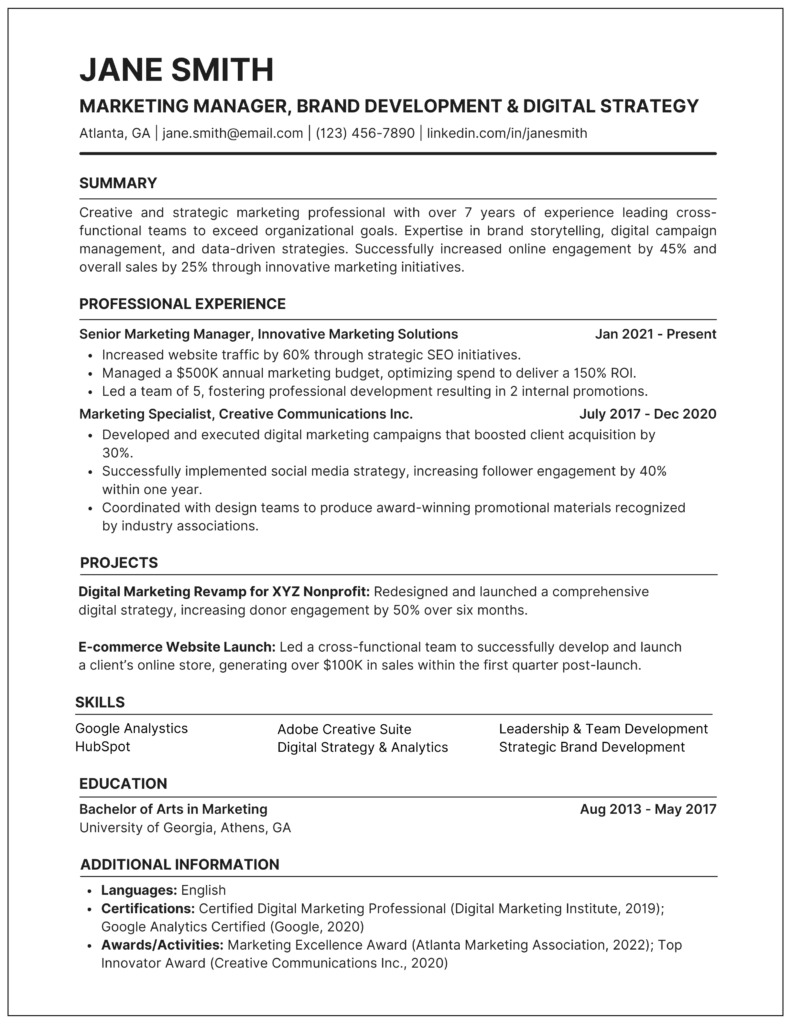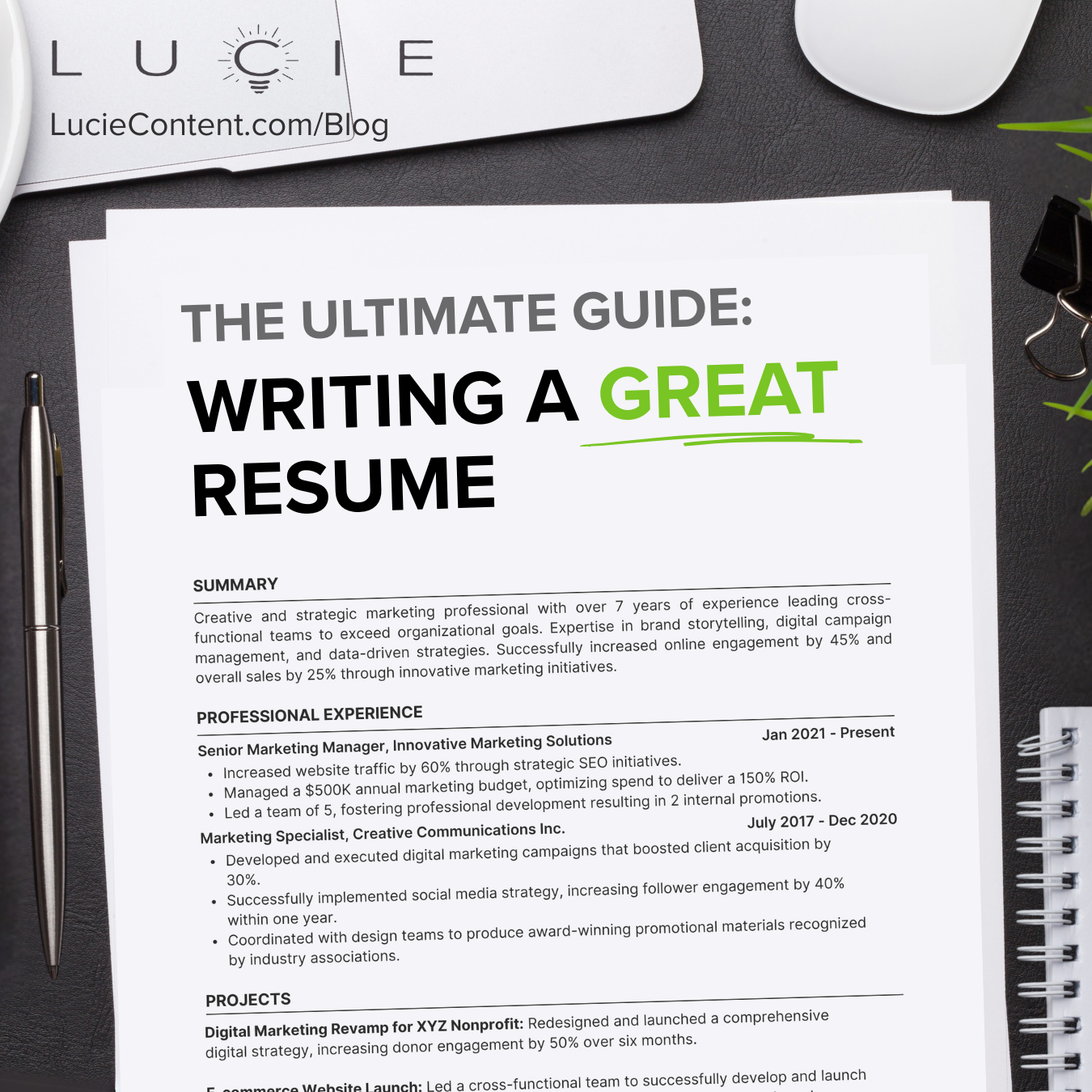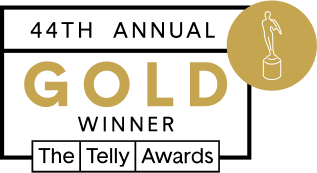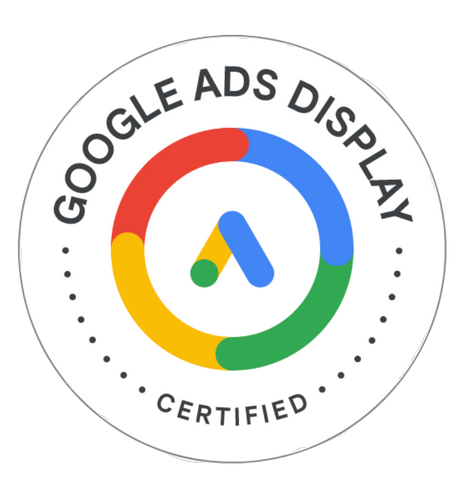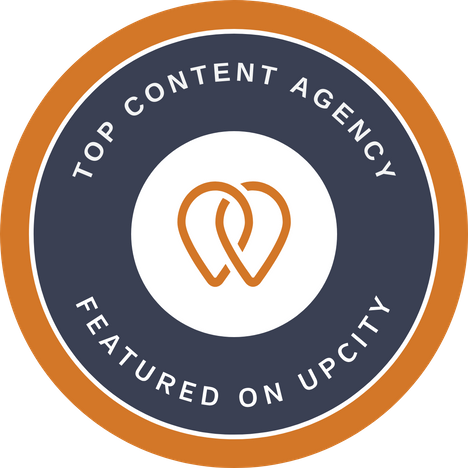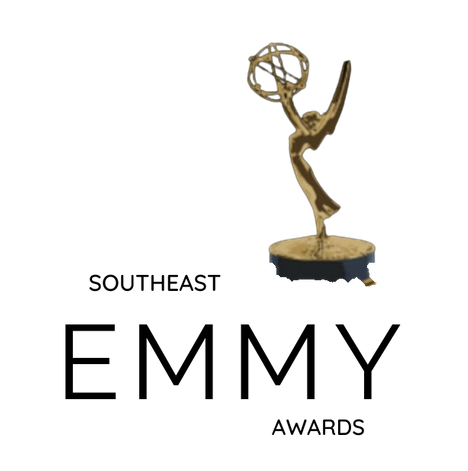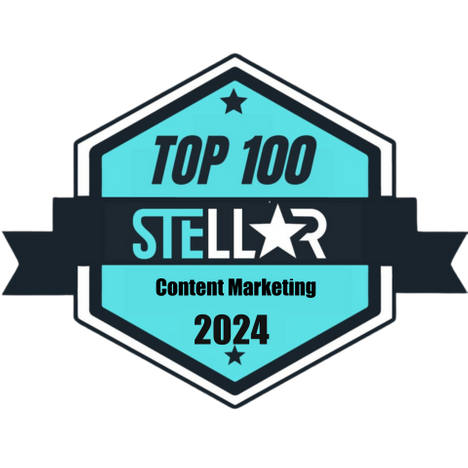Introduction
Your resume is more than a record of your work history. It serves as a strategic marketing tool that highlights your achievements and value. In today’s competitive job market, hiring managers often spend just six seconds scanning resumes, emphasizing the need for clarity and concise presentation. Knowing how to quickly showcase your strengths can boost your chances of landing an interview—this guide offers actionable tips to craft a compelling professional narrative.
Check out the example resume at the end of this article to see how this information can be applied!
The Foundation: Before You Start Writing
Effective resumes begin with preparation. Before writing, it’s important to deeply understand your audience—the employers and hiring managers reviewing your application. Researching the company, its culture, and the specifics of the role you want allows you to tailor your resume to directly match their needs and expectations. This targeted approach shows genuine interest and positions you as an ideal candidate.
Begin by clearly identifying your unique value proposition, or UVP—what sets you apart from other candidates. Ask yourself: What do I offer, who is it for, and why does it stand out from the competition?
- Reflect on your skills, experiences, and specific achievements relevant to the role
- Collect and document detailed information about your professional background, focusing on tangible accomplishments and measurable results rather than general job duties.
Clearly defining this foundation beforehand ensures that your resume will effectively communicate your suitability and distinctive value to potential employers.
Example: If you’re applying for a sales manager position, your unique value proposition (UVP)–a brief statement that explains why you’re the best fit for the role, may highlight your ability to boost team productivity and sales revenue. Instead of simply stating, “Managed sales teams,” you could share a specific accomplishment such as “Led a sales team of 10, increasing overall sales by 30% within one year through targeted training and strategic incentive programs.”
Crafting Your Content: The Building Blocks
Structuring your resume strategically can significantly enhance its effectiveness. Your contact information and a compelling professional headline should appear prominently at the top. The professional summary section follows, offering a concise yet engaging snapshot of your career, highlighting core strengths and specific areas of expertise relevant to your target job.
In the experience section, prioritize showcasing your achievements clearly and succinctly. Use strong action verbs and clear metrics to effectively illustrate your impact. Avoid merely listing responsibilities; instead, highlight outcomes that demonstrate your capabilities.
Consider organizing your experience and skills clearly:
- Contact Information and Professional Headline: Clear and professional, easy to find
- Professional Summary: Brief but engaging, tailored to the position
- Experience: Measurable achievements over responsibilities
- Education and Certifications: Include only relevant qualifications
- Skills: Balance technical and soft skills tailored to the job
Distinguishing between technical (hard) and interpersonal (soft) skills helps hiring managers quickly grasp your strengths. Consider organizing your skills into two distinct categories if it helps clearly showcase how your skills align with the job requirements—for instance, candidates in fields such as engineering, IT, or nursing often benefit more from distinguishing soft and technical skills compared to those applying for administrative or customer service roles.
You may also consider including a Projects section if you have specific accomplishments or portfolio pieces that highlight your expertise, especially if relevant work experience is limited or you want to showcase significant contributions outside of your traditional roles. Including dates can enhance credibility and show that your experience is current, though it’s not required.
This structured approach helps readers quickly understand your professional capabilities and envision your potential contributions to their organization.
Design Elements That Enhance Your Story
While content is crucial, design significantly impacts readability and overall effectiveness. A clean, consistent format ensures your resume appears professional and approachable. Strategic use of white space prevents visual clutter, making the document inviting and easy to scan quickly.
Typography choices significantly influence readability. Opt for clean, professional fonts like Arial, Calibri, or Helvetica, ensuring your resume remains visually appealing and legible. Establish a clear visual hierarchy by utilizing bold fonts or slightly larger sizes for section headings, guiding readers smoothly through your narrative.
Effective resume design elements:
- Consistent formatting and alignment
- Strategic use of white space
- Professional and readable fonts
- Clear section headings to guide the eye
Thoughtful design ensures your resume delivers a strong visual impact, reinforcing your professional story and engaging readers effectively.
Common Misconceptions
Misunderstandings about resumes can prevent candidates from effectively showcasing their strengths. Clarifying these misconceptions can significantly improve your resume’s impact:
- “A longer resume is better.” Hiring managers prefer clarity over quantity. A concise, focused resume highlighting relevant skills and accomplishments is more impactful.
- “Responsibilities are enough.” Employers care most about your tangible results and measurable achievements. Always emphasize what you achieved, not just your duties.
- “One resume fits all.” Generic resumes rarely stand out. Tailor each resume to specifically match the role and company you’re targeting.
- “Design doesn’t matter if the content is good.” Even strong content suffers if poorly presented. An appealing, readable design greatly enhances your message.
- “Soft skills aren’t important.” Employers highly value interpersonal and teamwork skills alongside technical expertise.
- “An ‘About Me’ section is necessary.” While personal insights can be appealing, a targeted professional summary is usually more effective. It highlights your most relevant qualifications and achievements, aligning your experience directly with the job. In contrast, an “About Me” section is often too informal and broad to make a strong impact.
- “Including a photo strengthens your resume.” In the U.S., photos are generally discouraged to avoid unconscious bias and maintain objectivity. While including a headshot might be appropriate in creative industries or international markets where it’s expected, it’s best to leave it out unless clearly relevant to the role or region.
The Final Polish: Refinement and Review
Once your resume content and design are set, it’s critical to refine and review carefully:
- Edit for Clarity: Make sure every phrase supports your professional story.
- Quantify Achievements: Highlight your accomplishments with specific metrics like percentages, dollar amounts, or timelines.
- Proofread Thoroughly: Read your resume aloud, utilize grammar-checking tools, or print it for a fresh perspective.
- Seek Feedback: Get input from trusted colleagues or mentors.
Thoughtful editing, clear metrics, careful proofreading, and constructive feedback elevate your resume from good to exceptional, greatly increasing your chances of standing out.
Conclusion
A resume is never truly finished—it evolves as your career grows and new opportunities arise. Regularly updating your resume reinforces confidence in your professional story and ensures
you are always prepared for potential opportunities. Don’t wait for a new job opportunity; take proactive steps today to refine and enhance your resume, positioning yourself confidently and effectively for future career success.
View our example resume below to see how this information can be applied!
